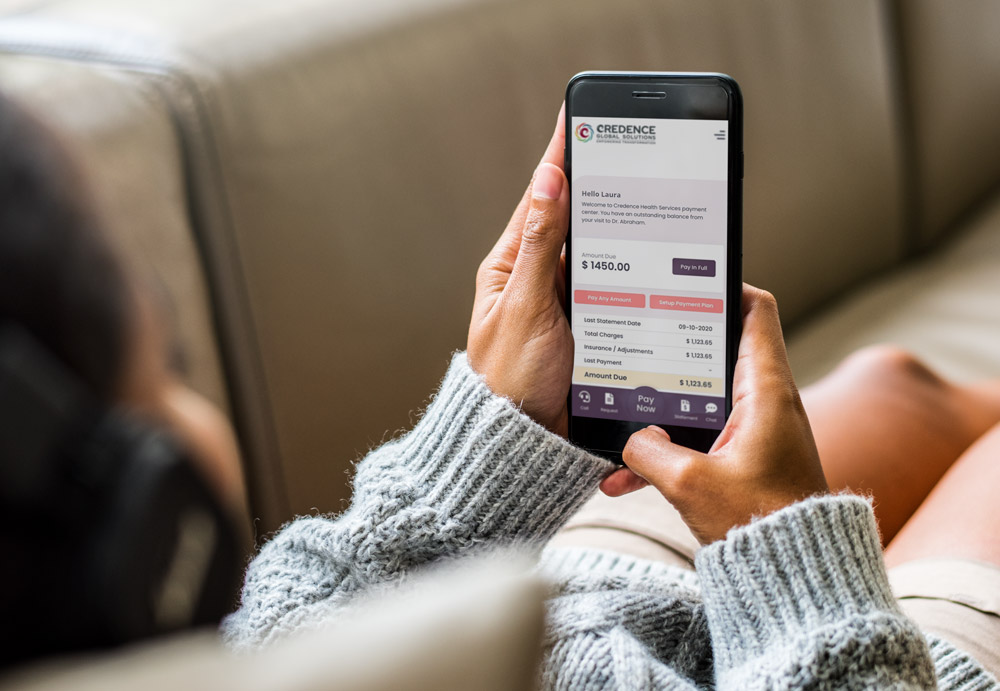While Medicaid and Medicare remain to be useful and relevant today, studies show that out-of-pocket costs have been on the rise over recent years. In 2017, patients’ average for these costs increased by 11%.
Such a trend poses a big challenge for healthcare companies, which are seeing their uncompensated care costs increase year by year. This presents a hurdle in their accounts receivable management that they must overcome to sustain their operations.
Moreover, it’s worth noting that self-paying patients often have financial experiences with healthcare companies that are disjointed, impersonal, and ill-timed. These arrangements often leave patients unsatisfied with their care and confused about their bills.
There is a multitude of hurdles that those in the healthcare industry must conquer to set up an effective process for their self-paying patients. Nevertheless, there are steps providers can take to simplify acquiring patient responsibility.
1. Develop Core Capabilities and Standardize Processes
This is the first step that providers must take to streamline their accounts receivable management. They must make sure that they have relevant skills and capabilities. They must also ensure that they have efficient and systematized processes. Doing both of these will enable them to gather their patient’s information and medical history accurately.
Ultimately, these will empower them to provide their patients with correct estimates of their out-of-pocket costs. This effectively avoids confusion and ensures a smooth payment process.
2. Manage Patient Experience
Another way to simplify acquiring patient responsibility is to ensure that the patient’s expectations are met, especially when it comes to their overall financial experience. This should go beyond the main process of paying their bills.
Healthcare companies must think about the stages patients go through before the actual payment process. They need to help them understand the procedure before the time comes for them to expend cash. Furthermore, they need to understand people’s preferences when it comes to communication regarding their medical bills.
Meeting patients’ expectations and helping them every step of the way is a surefire way to improve accounts receivable management.
3. Maximize Available Technology
As we live in a highly digitalized world, healthcare companies must learn to integrate technology into the patient experience they provide. There are readily available technologies and self-pay systems today that organizations can leverage to boost their process.
Furthermore, utilizing technology will allow them to ensure that interactions with patients are structured and kept track of. This consequently enables health organizations to maintain consistent communication with people. Ultimately, this empowers healthcare companies to present their patients with the right financial information at the right time, empowering them to make payments conveniently.
Simplify Self-Pay Payment through Technology
Effective accounts receivable management goes beyond improving collections and eliminating bad debt. At its core, it must be motivated by the goal of improving patient satisfaction.
If your healthcare company has been struggling with acquiring patient responsibility, find ways to improve your current capabilities, processes, and services, as well as to utilize technology. Finding the right technological solution for your healthcare organization can help you create positive relationships with your patients and bolster your practice’s growth.
Accounts Receivable Management Services
When it comes to the best solutions in accounts receivable management, Credence Global Solutions has got you covered. Our iConnect for Healthcare software is a patient engagement platform that can help you make self-pay payment significantly easier for your patients. Schedule your demo today to learn more about our product.





